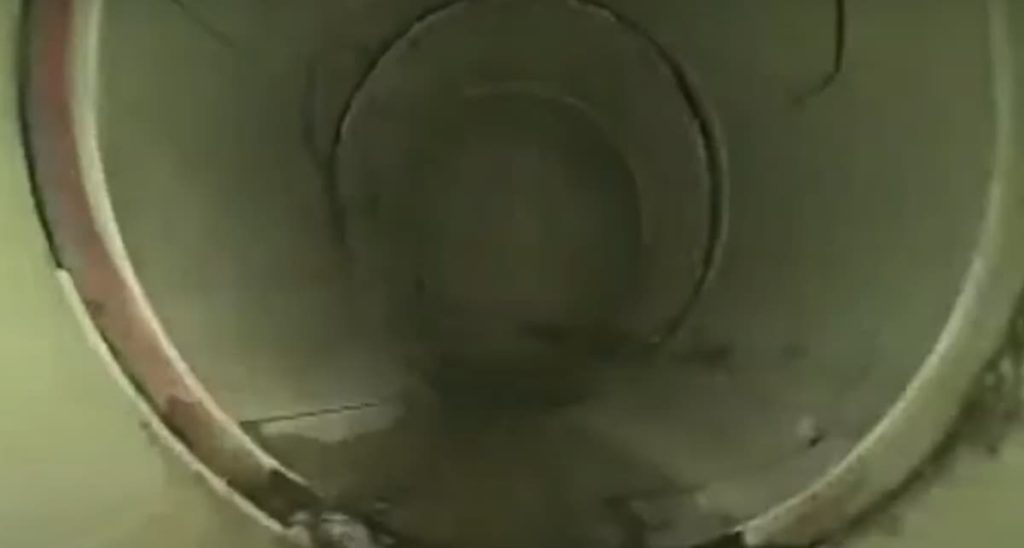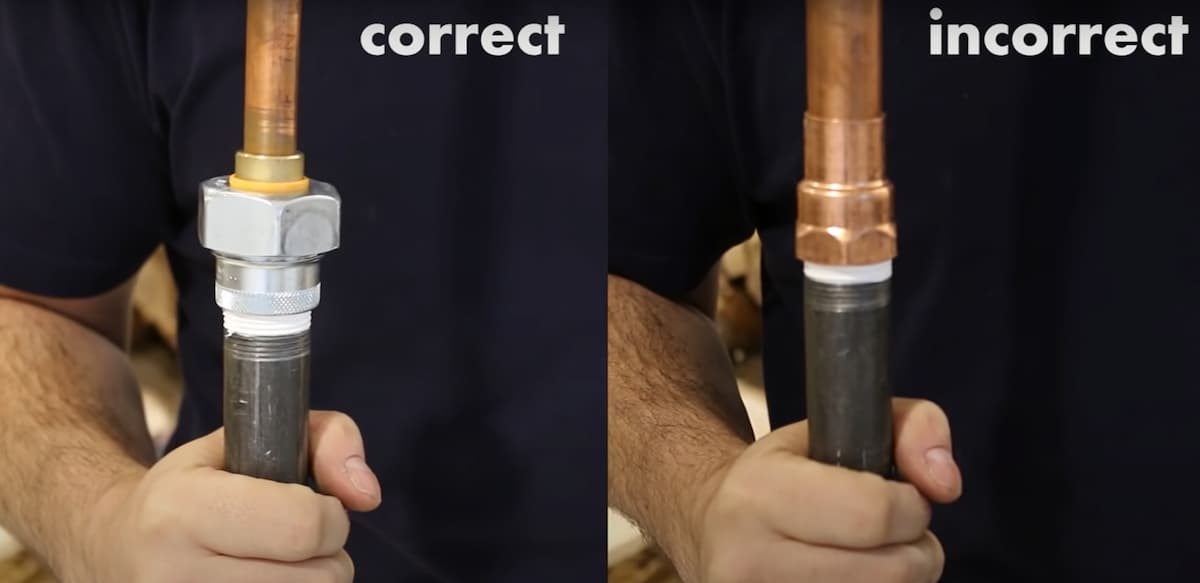
A boundary trap may be a device that is used in plumbing. It is designed to trap fluid within the plumbing system. It may be used in hot or cold water lines, but not both. A sewer inspection shaft is an example of a boundary trap. This is because the sewer inspection shaft allows sewer gases to escape without allowing them back into the system.
The boundary trap usually has a “U” shaped siphon tube that may allow fluid to flow through in one direction, but not the other. When the fluid flows through the tube it creates suction which helps maintain siphon action. This prevents odours from entering your bathroom, by keeping sewer gases on the outside of the pipework/floor level.
As gasses rise they provide a buoyancy force that eventually breaks through at an air vent. The gas continues upward until it reaches an open area where air currents are blowing outwards toward lower regions of atmospheric pressure (i.e., vents). There flows outward across the land or water surface into the atmosphere. It leaves the sewerage system outside the property boundary, especially when an overflow relief gully is present.
What are Boundary Traps Made of?
The boundary trap is usually made of metal (copper, steel, cast iron), but it can be made of ABS plastic with a rubber washer to make it airtight at pipe connections. If this type of trap is used under sinks where there are garbage disposals, small amounts of water may collect in the bottom of the tube, however, any significant amount may create odours that may enter your home. Therefore use boundary traps only on exterior sink drains without garbage disposals.
When is a Boundary Trap Replacement Needed?
A boundary trap replacement is needed if your sewer line gets clogged. This is among the most common boundary trap issues. The boundary trap may sometimes cause a backup of sewage into the sink or tub because it does not have an air-inlet vent. To overcome this problem, a p-shaped trap can be installed on the sewerage system. P-shaped traps are open at both ends to allow air to enter below the water level in the tube and they solve odour problems caused by lack of outflow ventilation or excess inflow due to low atmospheric pressure.

How do you Unclog a Boundary Trap?
The most common cause for clogged boundary traps is garbage disposals or other plumbing fixtures that may use the p-trap as an air break thereby reducing siphonage action and allowing solids to accumulate in the trap. Cleaning involves removing standing water then using compressed air, water jetting or similar equipment to remove debris. The remaining debris could then be removed by hand with tools such as rooters or snakes. If this does not clear the blockage it may require disassembly and manual cleaning.
What Other Types of Pipe Traps Exist?
There are many different kinds of sewer system pipe traps, such as:
- S-shaped,
- P-shaped with one side “open” (the US term)
- P-shaped with both sides open (European term),
- offset
The two most common main sewer line traps are the “S” type and the “P” type.





